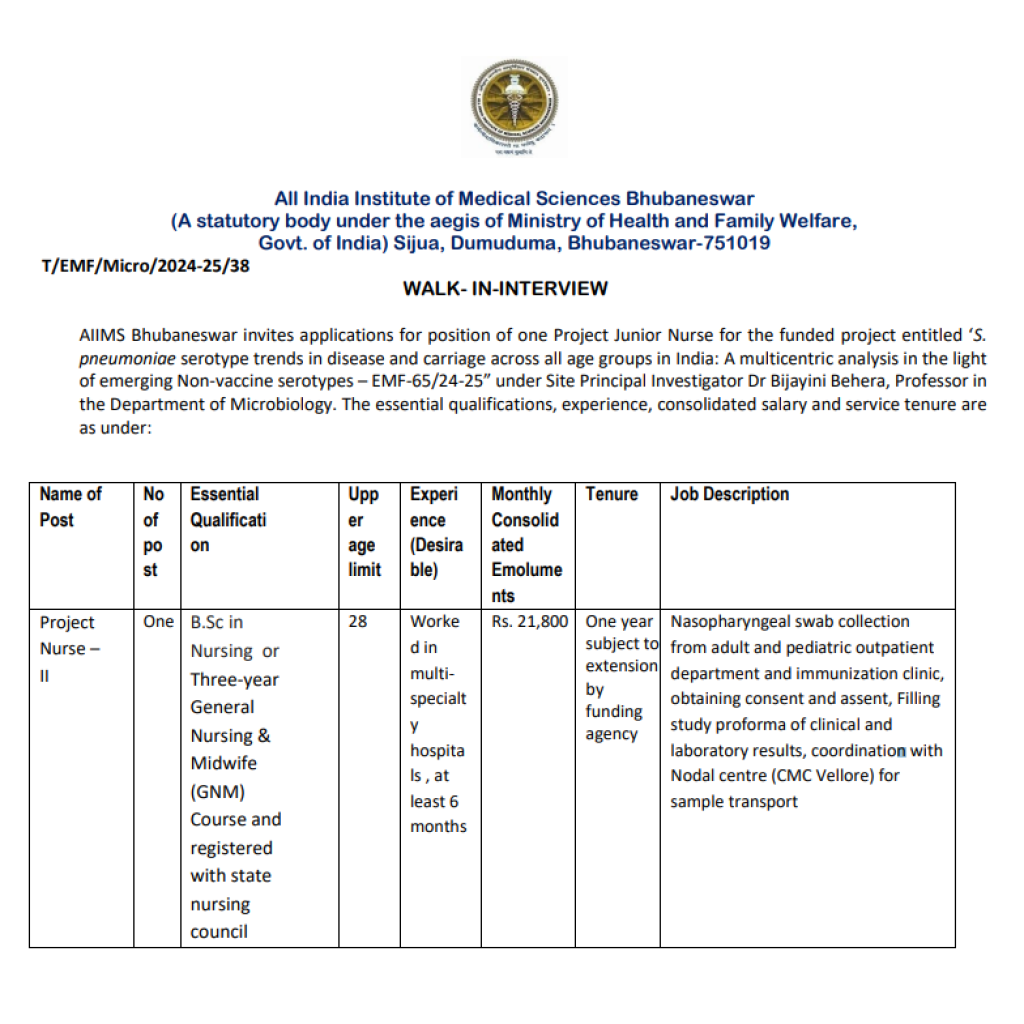Latest Job Vacancy in India
AIIMS Bhubaneswar Project Nurse Recruitment 2025-04...

NHM Chennai Staff Nurse Recruitment 2025-04-03∥ Best Scope!



Gujnurse.in
Jobs for Nurses in India
Gujnurse.in is an elegant Job listing Website developed to exclusive design and presentation. Find Staff Nurse vacancy, Nursing officer Vacancy, Latest Government jobs, etc, from all over India with this mobile friendly website.
